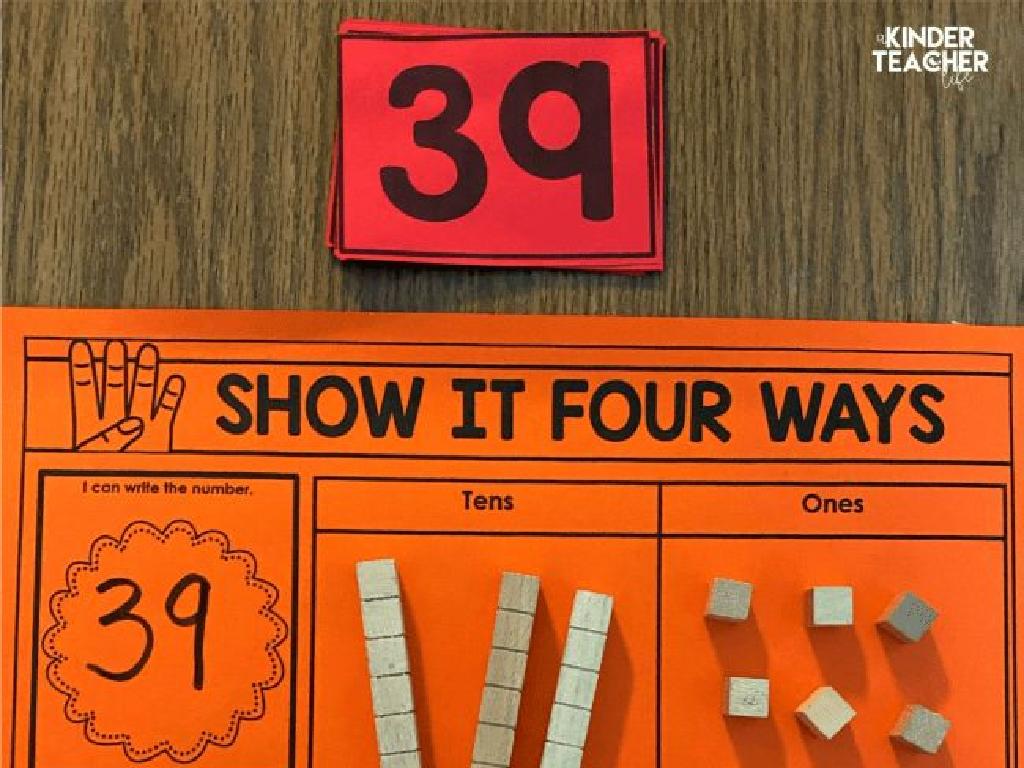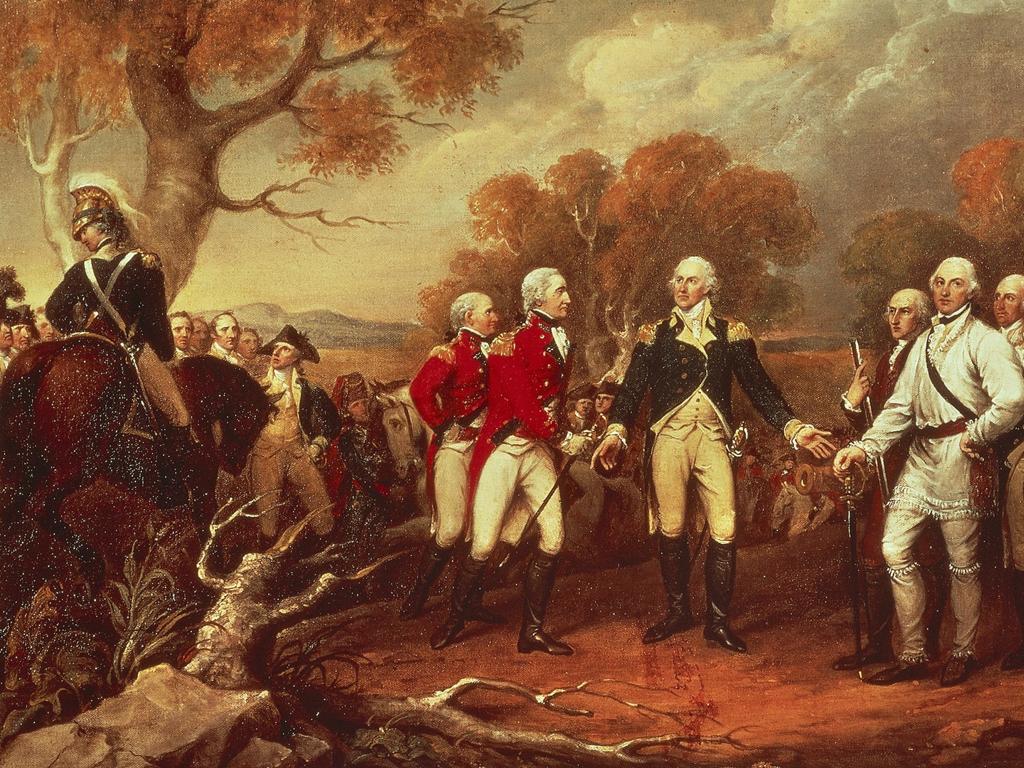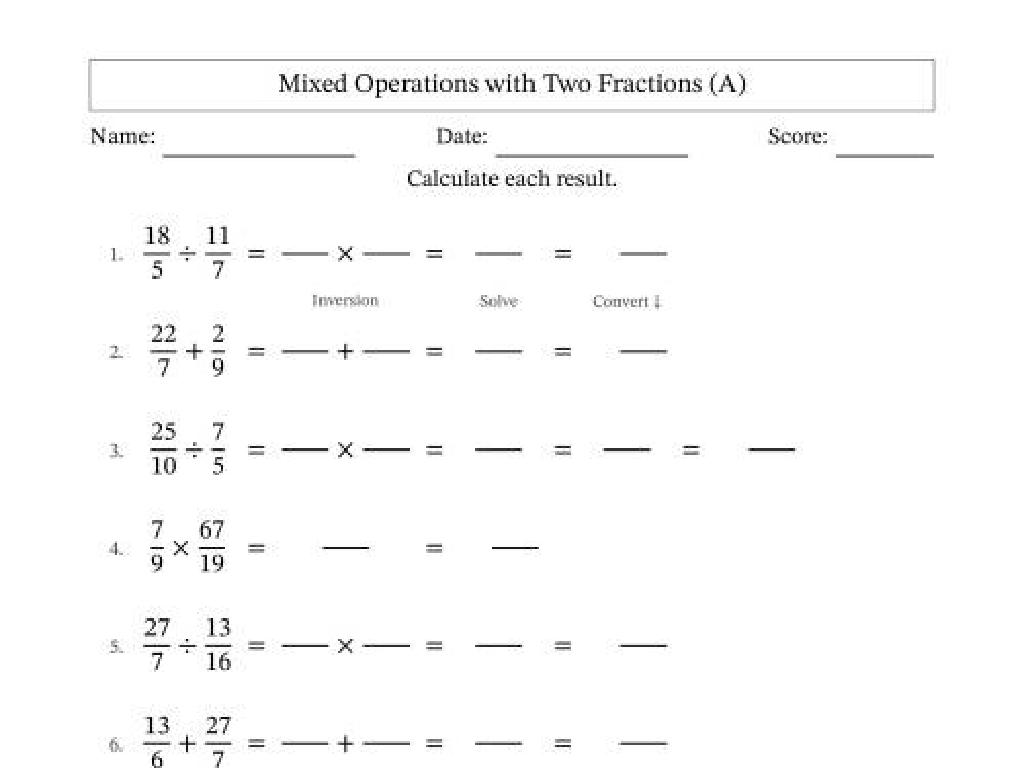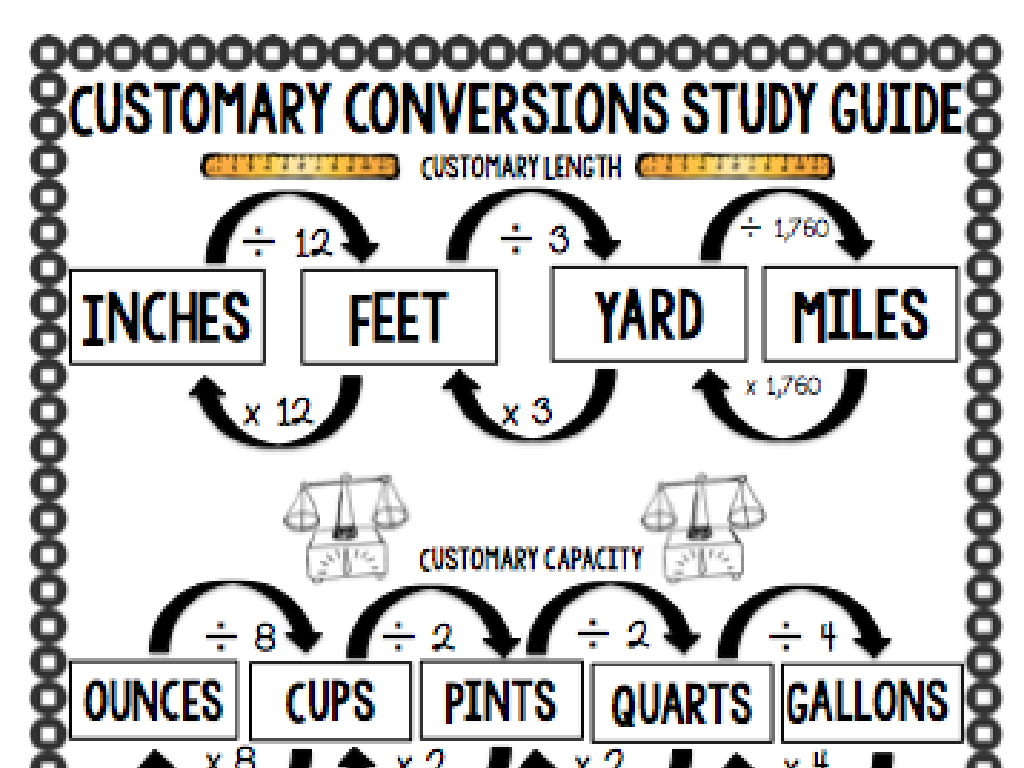Use Punnett Squares To Calculate Ratios Of Offspring Types
Subject: Science
Grade: Eighth grade
Topic: Genes To Traits
Please LOG IN to download the presentation. Access is available to registered users only.
View More Content
Punnett Squares and Heredity
– Basics of heredity
Heredity is how traits are passed from parents to offspring.
– Genes and traits explained
Genes carry information for traits, like eye color or height.
– Introduction to Punnett Squares
A tool used to predict how traits can be inherited.
– Calculating offspring ratios
Use squares to find the probability of trait combinations.
|
This slide introduces the fundamental concepts of genetics, focusing on heredity and the role of genes in determining traits. It also presents Punnett Squares as a visual tool for understanding how different gene combinations affect offspring. The slide sets the stage for students to learn how to calculate the likelihood of inheriting particular traits. Emphasize the importance of understanding dominant and recessive genes, and how Punnett Squares help in predicting the possible outcomes of genetic crosses. Provide examples of simple genetic traits that can be analyzed using Punnett Squares to illustrate these concepts in a way that is accessible to eighth graders.
Understanding Heredity in Genetics
– Define heredity
– Heredity is the passing of traits from parents to offspring.
– Traits transmission process
– Traits are inherited through genes, which are found on chromosomes.
– Hereditary traits examples
– Eye color, hair color, and certain diseases are examples of hereditary traits.
|
This slide introduces the concept of heredity, which is a fundamental principle in genetics. Heredity explains how parents pass down physical and behavioral traits to their children through genes. It’s important to clarify that genes are segments of DNA carrying the code for specific traits. Use real-life examples like familial resemblances in eye color or hair color to make the concept relatable. Discuss dominant and recessive traits and how they can affect the probability of a trait being expressed. This sets the stage for learning how to use Punnett squares to predict the ratios of offspring types based on parental genes.
Genes and Alleles: Foundations of Heredity
– Genes: Units of heredity
– Genes carry the information to build and maintain an organism’s cells and pass genetic traits to offspring.
– Alleles: Types of genes
– Variants of the same gene, alleles determine specific traits that can be passed down.
– Dominant vs Recessive alleles
– Dominant alleles overshadow recessive ones, determining the expression of a trait.
– Genes’ role in traits
– Genes interact with the environment to form the unique traits of an organism.
|
This slide introduces the fundamental concepts of genetics, focusing on genes and alleles. Genes are the basic units of heredity, made up of DNA, and are responsible for passing traits from parents to offspring. Alleles are different forms of a gene that arise by mutation and are found at the same place on a chromosome. Understanding the difference between dominant and recessive alleles is crucial for predicting offspring traits using Punnett squares. Dominant alleles will mask the presence of recessive alleles in heterozygous pairings. It’s important to emphasize that while genes play a significant role in determining an organism’s traits, environmental factors also contribute to the final phenotype. This foundational knowledge sets the stage for students to learn how to use Punnett squares to calculate the ratios of possible genotypes and phenotypes in offspring.
Introduction to Punnett Squares
– Discover Reginald Punnett
– Reginald Punnett, a geneticist, developed the Punnett Square to predict genetic variations.
– Purpose of Punnett Squares
– They are used to predict the probability of offspring inheriting particular traits.
– Basic Punnett Square structure
– A grid where alleles from each parent are listed and combined to show possible genotypes.
– Predicting offspring ratios
|
This slide introduces students to the concept of Punnett Squares, a fundamental tool in genetics for predicting the inheritance of traits. Begin with a brief history of Reginald Punnett and his contribution to genetics. Explain that Punnett Squares are used to calculate the likelihood of offspring inheriting certain traits from their parents. Show the basic structure of a Punnett Square, which is a grid that helps visualize how alleles from each parent can combine. Emphasize that this tool allows us to predict the ratios of genotype and phenotype in the offspring. Encourage students to think about simple genetic traits they may have observed, such as flower colors in a garden, as a prelude to using Punnett Squares in class.
Calculating Offspring Ratios with Punnett Squares
– Identify parent alleles
– Alleles are versions of a gene from each parent, e.g., B for brown eyes, b for blue
– Fill in the Punnett Square
– Place one parent s alleles on the top, the other on the side, and combine
– Interpret the results
– Determine the ratio of possible genotypes and phenotypes of the offspring
– Practice with examples
– Use real genetic traits to calculate potential offspring outcomes
|
This slide introduces the steps to use Punnett squares for calculating the genetic ratios of offspring. Start by explaining alleles, which are different forms of a gene that parents pass down to their offspring. Show how to set up a Punnett square with one parent’s alleles across the top and the other’s down the side, then combine them in the squares to show possible genotypes. Teach students how to interpret the square to find the ratio of genotypes (genetic makeup) and phenotypes (observable traits). Provide practice examples, such as flower color or eye color, for students to apply what they’ve learned. Encourage students to work through several problems to become comfortable with the process.
Monohybrid Crosses: Predicting Offspring Traits
– Define a Monohybrid Cross
– A cross between two organisms with different variants at one genetic locus of interest
– Example: Pea Plant Cross
– Crossing a pea plant with yellow seeds (YY) with one with green seeds (yy)
– Calculate offspring ratios
– Use the Punnett square to find the probability of each genotype
– Understanding genotype & phenotype ratios
– Genotype ratio: the alleles offspring inherit; phenotype ratio: the traits we observe
|
This slide introduces the concept of monohybrid crosses, a fundamental tool in genetics used to predict the outcome of a single gene trait. Start by defining a monohybrid cross and then illustrate it with the classic example of Gregor Mendel’s pea plants, focusing on one trait such as seed color. Show how to set up a Punnett square with the genotypes of both parents and how to fill it out to calculate the ratios of possible genotypes and phenotypes in the offspring. Emphasize the difference between genotype (the genetic makeup) and phenotype (the observable trait) ratios. Encourage students to practice with different traits and to understand how these ratios can predict the likelihood of an offspring inheriting a particular trait.
Dihybrid Crosses in Genetics
– Define a Dihybrid Cross
– A cross between two different genes/traits, each with two alleles.
– Dihybrid Cross example
– Pea plants: Crossing color (yellow/green) & shape (round/wrinkled).
– Explore the 9:3:3:1 ratio
– It’s the phenotypic ratio for offspring of heterozygous parents.
– Application of the ratio
– Predicts offspring traits in genetics and breeding.
|
This slide introduces the concept of dihybrid crosses, which involve two traits, each with two alleles. Start by defining a dihybrid cross and then provide a classic example, such as Gregor Mendel’s pea plant experiments, where he crossed plants with different colors and shapes. Explain how the 9:3:3:1 ratio arises from the combination of these traits in the offspring of heterozygous parents. Emphasize the importance of this ratio in predicting the probability of offspring inheriting certain combinations of traits. This foundational knowledge is crucial for students to understand genetic variation and inheritance patterns.
Punnett Square Practice
– Work through a sample problem
– We’ll solve a problem as a class to demonstrate how to use a Punnett Square.
– Create your own Punnett Squares
– Use traits like eye color or plant height to make your own Punnett Squares.
– Discuss various genetic outcomes
– Share different Punnett Square results and explore why they vary.
– Understand offspring ratios
– Learn how to calculate the probability of traits in offspring.
|
This slide is focused on engaging students with hands-on practice in using Punnett Squares to predict genetic outcomes. Start by solving a sample problem together to ensure everyone understands the process. Then, allow students to create their own Punnett Squares using simple genetic traits. Facilitate a class discussion to compare different outcomes and reinforce the concept of probability in genetics. As a teacher, prepare to explain how to calculate ratios of offspring types and answer any questions that arise. Provide guidance and support as students work through the problems, and encourage them to think critically about the results they obtain.
Class Activity: Predicting Traits with Punnett Squares
– Understand Punnett Squares
– Choose traits for hypothetical offspring
– Pick traits like eye color, hair color, etc.
– Create your own Punnett Square
– Use letters to represent alleles, fill in the squares
– Share and discuss predictions
– Explain your results to the class
|
This interactive class activity is designed to help students apply their knowledge of genetics by using Punnett Squares to predict the traits of hypothetical offspring. Provide a brief review of how Punnett Squares work and the concept of dominant and recessive alleles. Each student should choose two traits and use letters to represent the alleles of each parent. After completing their Punnett Squares, students will share their predictions with the class and discuss the possible genetic variations. Encourage students to explain why certain traits appear more frequently and the significance of genotype versus phenotype. Possible variations of the activity could include predicting traits for different types of plants or animals, considering multiple traits at once, or even simulating a real breeding experiment.
Conclusion: Punnett Squares in Genetics
– Recap: Punnett Square usage
– A tool for predicting genetic traits in offspring
– Genetic probability significance
– Understanding these probabilities aids in grasping inheritance patterns
– Preview: Advanced Genetics
– Next, we’ll explore complex genetic concepts and inheritance beyond simple dominance
|
As we wrap up today’s lesson, it’s crucial to reinforce the concept of Punnett Squares as a foundational tool in genetics for predicting the possible traits of offspring from parental genes. Emphasize the importance of understanding genetic probability, which allows us to estimate the likelihood of different genotypes and phenotypes. This understanding is not only key in academic settings but also has practical implications in fields like medicine and agriculture. Looking ahead, prepare students for the next lesson where they will delve into more complex genetic topics, such as incomplete dominance, codominance, and polygenic inheritance, building upon the basics they’ve learned today.






